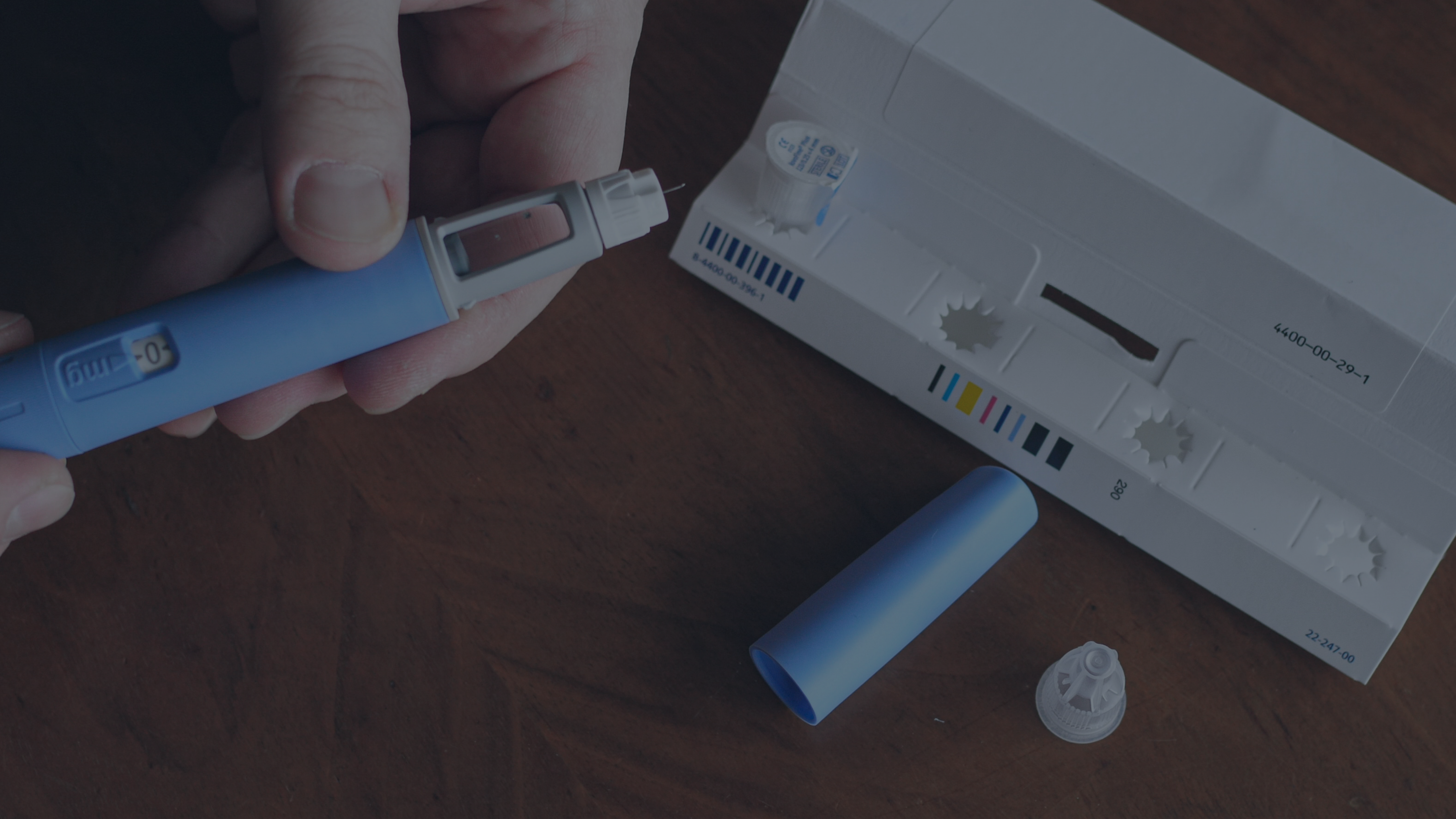Transitioning from decentralized to centralized procurement in clinical trials is not merely a procedural shift; it’s a strategic initiative. The objective is clear: to elevate efficiency, gain control over costs, and establish seamless communication channels with stakeholders.
Short Cuts

Dismantling the Old, Embracing the New
In this comprehensive step-by-step guide, we embark on a journey to centralize clinical trial procurement, breaking down key actions from assessing the existing landscape to optimizing the newly implemented system.
Step 1: Assess Your Current Procurement Process
Before diving into transformation, a thorough examination of your current procurement process is imperative. This involves delving into the intricacies of the number of procurement teams, types of goods and services procured, purchasing methodologies, existing costs, satisfaction levels with suppliers, and a nuanced understanding of organizational strengths and weaknesses. Armed with this knowledge, the groundwork for a comprehensive plan for change can be laid.
Questions to Ask
- How many different procurement teams currently operate within the organization?
- Are these teams aligned with the overall goals and objectives of the clinical trials?
- Are there any redundancies or inefficiencies in the current purchasing methods?
- What is the current cost of the procurement process?
- How satisfied are stakeholders, including clinical trial teams and suppliers, with the existing procurement process?
Step 2: Develop a Centralized Procurement Plan
Crafting a robust plan is the cornerstone of successful centralization. This involves outlining specific goals, defining objectives, and delineating the steps necessary for centralized procurement. It’s not just about setting a direction; it’s about choosing the right inventory management system that aligns with your unique needs. Considerations include identifying categories for centralization, establishing criteria for supplier selection, and outlining processes for contract management and payments.
Questions to Ask
- What specific goals and objectives are envisioned with the move towards centralized procurement?
- What criteria will be used to select suppliers for centralized procurement?
- How will these criteria ensure the reliability and quality of chosen suppliers?
- How will success be measured in the centralized procurement process?
Step 3: Select a Centralized Partner
A critical juncture in the process, this step involves leveraging insights gathered during the planning phase to curate a list of suppliers for sourcing. Emphasize the importance of backup options, fortifying negotiating power, ensuring fallback alternatives, and establishing a resilient procurement pipeline. The selection process should consider factors such as supplier capability, accessibility of pricing information, and the availability of alternative products or services.
Questions to Ask
- How readily available are capable suppliers?
- Is there a robust backup plan in place to mitigate supplier-related risks?
- How accessible is pricing information for potential suppliers?
- Does the organization have a strategy to ensure transparent and competitive pricing?
- Is there a contingency plan to maintain continuity in the procurement pipeline?
Step 4: Establish a Central Procurement Team
Success in centralized procurement hinges on having a dedicated team. Comprising representatives from clinical trial teams, finance, and legal, this team becomes the driving force behind the centralized procurement process. Beyond representation, training staff on the intricacies of the new system is pivotal. The team should possess a blend of skills and experience, ensuring effective management of the centralized procurement landscape.
Questions to Ask
- Does the central procurement team include representatives from all relevant departments?
- What specific responsibilities will the central procurement team be tasked with?
- How will the team ensure the successful implementation of the centralized procurement plan?
- What training needs exist for staff adapting to the new centralized procurement system?
Step 5: Implement a Central Procurement System
Choosing the right system is akin to selecting the beating heart of your new procurement ecosystem. Whether it’s cloud systems, Enterprise Resource Planning (ERP), or Procurement Management Applications, the chosen system must align with organizational needs. Features such as the ability to manage multiple suppliers, track spending and trends, and generate reports should be integral. The system’s user-friendliness is paramount for both procurement staff and end-users.
Questions to Ask
- What type of procurement system (e.g., cloud-based, ERP) aligns best with organizational needs?
- Does the system have the capability to manage multiple suppliers effectively?
- Can it track spending and trends, generate reports, and support the organization’s goals?
- How seamlessly will the new system integrate with existing organizational processes?
Once your procurement system is in place, selecting a reliable Importer of Record (IOR) and Exporter of Record (EOR) becomes pivotal for efficient clinical trial supply chain management. Intermediary entities, such as TecEx Medical, play a crucial role in facilitating the smooth import and export of goods across international borders.
A proficient IOR/EOR service offers comprehensive expertise in navigating import and export regulations, guaranteeing compliance with local guidelines, overseeing customs procedures, and mitigating the risk of costly delays and penalties. By including IOR project management in your centralized approach, you enhance supply chain efficiency by handling customs clearance, duties, taxes, and documentation and contribute to significant cost savings. Find out more about IOR project managers here.
Step 6: Communicate with Stakeholders
Effectual communication is the linchpin of a successful transition. Engaging with all stakeholders – clinical trial teams, sponsors, suppliers, and regulators – is not just about informing; it’s about gaining buy-in. Transparency is key, covering notice periods, contract closures, terminations, and checking contractual obligations and time frames. Stakeholders encompass not just external entities but also employees, suppliers, and customers. The communication strategy must be clear, concise, and timely.
Questions to Ask
- How seamlessly will the new system integrate with existing organizational processes?
- What strategies are in place to gain buy-in from clinical trial teams, sponsors, suppliers, and regulators?
- Is the communication clear, concise, and timely?
Step 7: Transition to Centralized Procurement
Execution is the crux of the matter. Adopting a phased approach, centralizing procurement for specific categories gradually, and initiating with a pilot program for testing are crucial steps. A clear plan for the transition, coupled with regular communication with stakeholders, is imperative. Yet, it goes beyond mere procurement; it involves a thoughtful consideration of delivery and logistics. Integration of global freight, trade compliance, inventory management, Importer Of Record (IOR), and customs clearance fortifies the supply chain, ensuring a streamlined approach.
Questions to Ask
- What specific categories of goods and services will be centralized initially?
- How will the organization test and validate the effectiveness of the centralized procurement process?
- How will the organization integrate delivery and logistics considerations into the centralized procurement process?
- Is global freight, trade compliance, inventory management, and customs clearance adequately addressed for a fortified supply chain?
Step 8: Optimize Your New System
As the dust settles post-implementation, the journey doesn’t end; it evolves. Rigorous testing of relationships and capabilities is required, with any identified gaps patched through innovative strategies, technology, and partnerships. An evaluation of the implementation process becomes the guidepost for making necessary adjustments to the new procurement model.
Questions to Ask
- What gaps or challenges have emerged post-implementation, and how will the organization address them?
- Are there new strategies, technologies, or partnerships that can patch identified gaps?
- How frequently will the organization evaluate the performance of the new procurement model?
Mission Accomplished: Clinical Trial Procurement Excellence
In concluding this transformative journey, it’s evident that the shift from decentralized to centralized procurement in clinical trials is more than a procedural transition – it’s a mission accomplished. Organizations that meticulously follow this guide position themselves not only for cost savings and efficiency gains but also for cultivating a robust and resilient supply chain tailored for the unique challenges of clinical trials. This is not just about change; it’s about achieving clinical trial procurement excellence.
Transform your approach, today!





